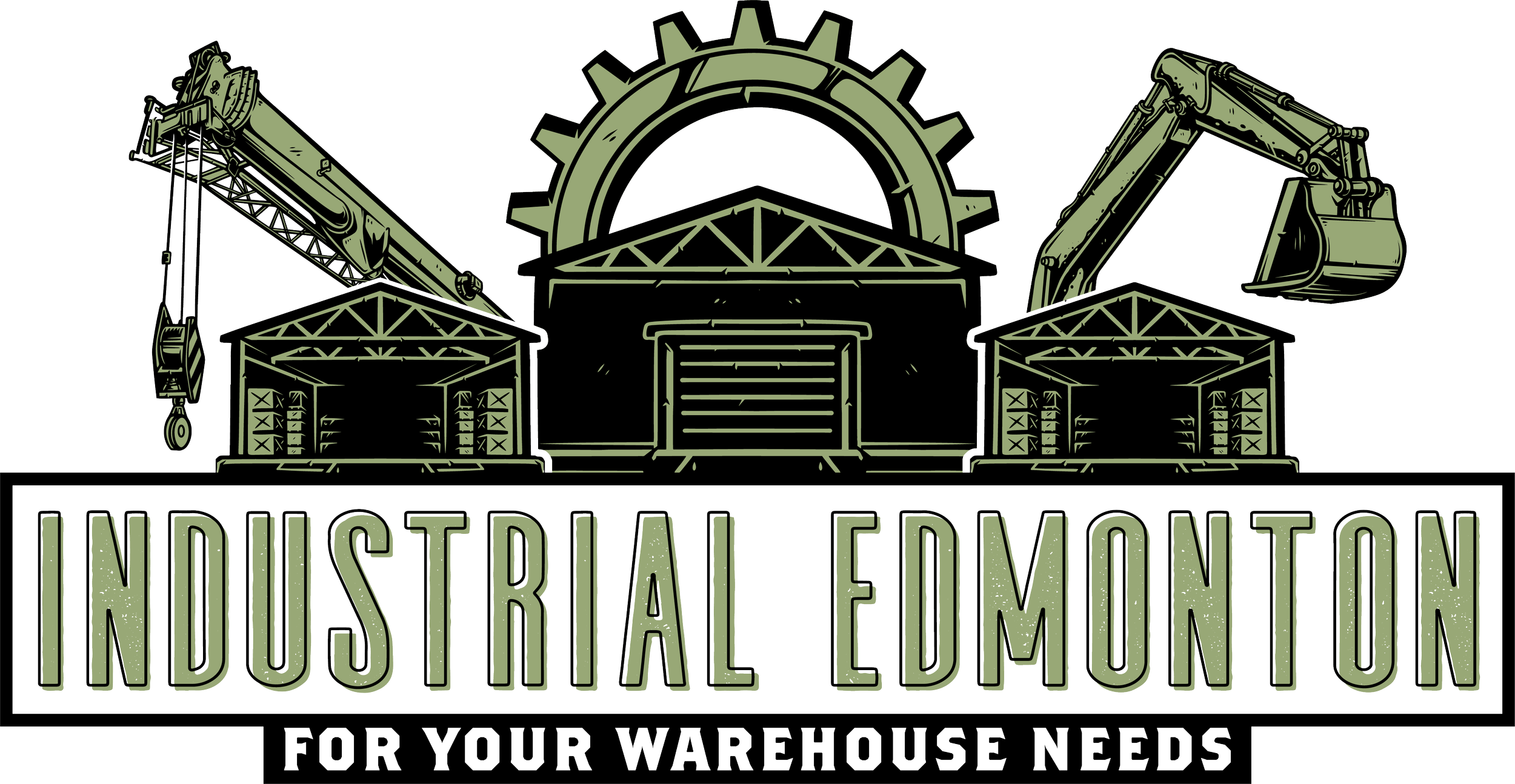Three Tech Movements in Building Construction
Getty Images/iStockPhoto
Technology is impacting the construction industry like never before. An impressive lineup of developments are aiming to improve the efficiencies of a sector that shapes how every human being is able to live their lives. The construction sector has historically faced labour shortages across the country, with a current job vacancy of over 50,000 unfilled positions. Furthermore, the Canadian Construction Association predicts that Canada is due to lose nearly a quarter-million construction workers in the next decade due to retirement (On-Site Magazine). For this reason, implementing new technologies is even more important to alleviate the burden this places on productivity.
3D Printing
While its beginnings were sparked in the 1980s, 3D printing really began gaining popularity in the last ten years, and the evolution has been astonishing. The process of 3D printing has, in a rapid amount of time, become cost effective, commercially available, and increasingly accurate.
First 3D Printed Office in the world - located in Dubai, UAE
Regarding commercial building construction, the first 3D printed office building was completed in 2016 in Dubai. It took 17 days to print using a 37-meter long printer, and two days to assemble on site with a team of just 18 people! In fact, Dubai has set a goal to 3D print a quarter of all new buildings by 2025 in an attempt to lower carbon emissions, labour costs, and construction timelines (World Economic Forum). The construction industry is already 3D printing a variety of construction materials and parts, such as hinges, doorknobs, and beams. Utilizing 3D printing to create building components is the initial focus, but it won’t be long before complete 3D printed buildings become commercially feasible on a broader scale.
The value of the 3D printing market is expected to triple globally by 2025 to $300 billion, and our rapidly evolving world is already investigating 5D printing. This is the name given to five-axis additive manufacturing meaning that rather than printing in flat layers, the mechanics prints curved layers, making the final product much stronger.
Drones and other Autonomous Equipment
The implementation of drones into construction zones is becoming a key process used to improve site efficiencies. Through site surveillance, expedited delivery, and building infrastructure assessments, drones can improve timelines as well as worker safety by keeping technicians on the ground rather than climbing scaffolding and encountering hazards. Furthermore, drones have provided the ability to survey areas that are challenging to reach through normal channels, for example, areas that have experienced natural disasters or war.
Autonomous equipment has already made its entrance on to work sites, through technologies such as driverless hauling trucks that we’ve seen implemented on mining sites in Canada, Australia and Chile. These trucks have been integrated with robotic technology and GPS trackers to guide them where they need to go, and to avoid other vehicles, people and hazards around them. This technology has now advanced to many other types of equipment. The company Built Robotics has created an autonomy stack that is retrofitted onto existing construction vehicles to allow them to perform functions such as digging trenches, excavating foundations, and grading building pads, all while being managed through a web-based system. By incorporating robotics into vehicles that have repetitive and continual tasks, it addresses labour shortage, as well as allows work sites to be operational all hours of the day.
Virtual Reality and the 5G Network
Virtual Reality (VR) began its integration into the construction industry by allowing project teams and stakeholders to step into their proposed developments before work commenced. Teams could address potential design and construction elements before the hammers started swinging, as well as implement stronger collaboration between all involved parties. In fact, it is likely that in the near future, all construction projects will be required to go through a thorough virtual evaluation as part of the initial design process. Virtual reality has also been successfully used to facilitate training, with one example being the partnership of equipment rental company United Rentals with Edmonton based Serious Labs to incorporate VR simulation into their blended learning model for operator certification courses.
With the growth of VR and Augmented Reality (AR), comes the necessity for the fifth generation of wireless connectivity, 5G. Having download speeds hovering around 10 gigabits per second, this network will be hugely important for 3D video and the use of virtual reality in the cloud. It will also be imperative for driverless cars, smart cities and smart grids to operate successfully. 5G will also play a large role in the industrial sector through the management of autonomous and collaborative robots within warehouses and factories.
There are many more innovations coming down the pipeline that will impact the efficiencies of the constructions sector. Cities will soon be operated through fully integrated cloud based systems while buildings and infrastructure are constructed faster, safer, and cheaper.




